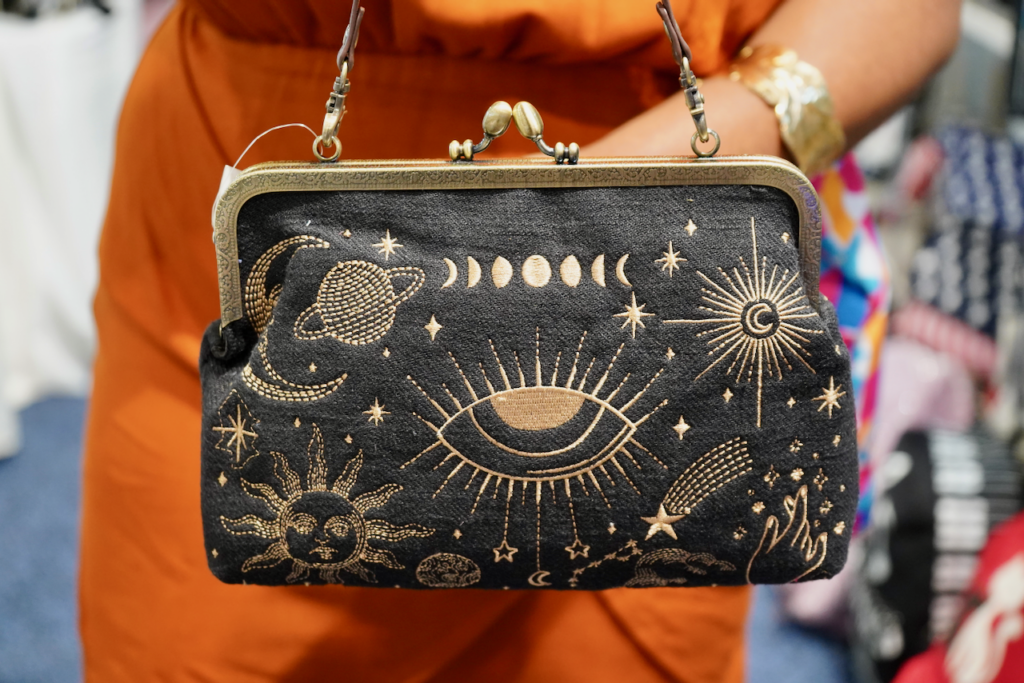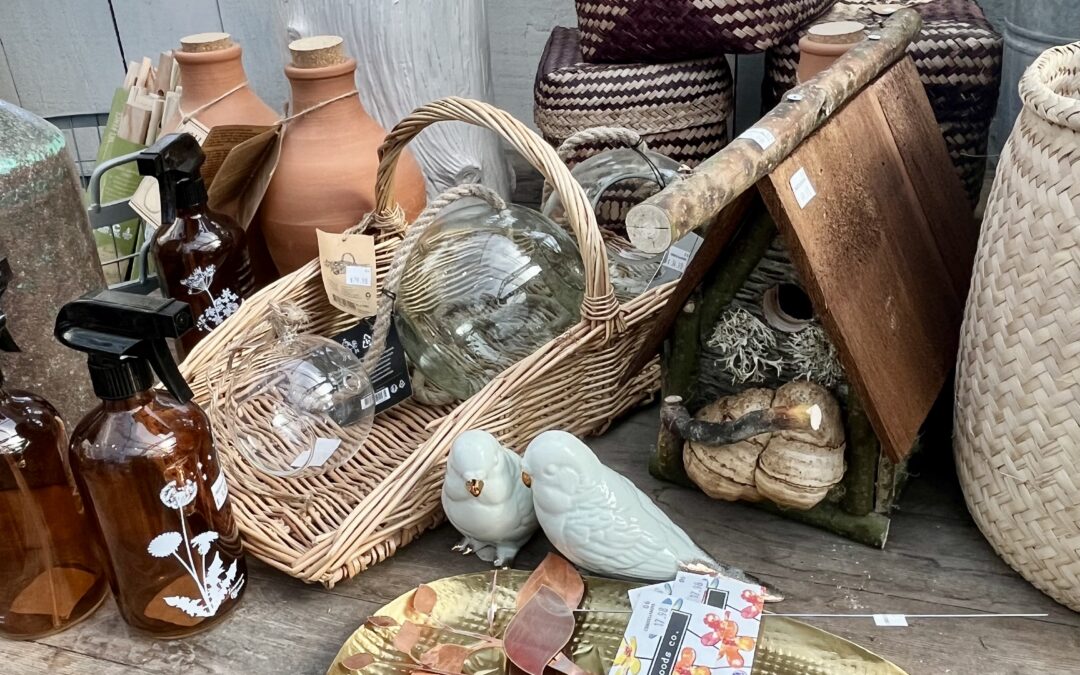In the last eight years I’ve been a part of the ASD team, I’ve notice certain products with certain symbols and styles that always sell no matter what their retail category is. One of the most popular at ASD Market Week is the evil eye. The evil eye is one of the oldest symbols in the world and is found in many cultures and societies.
Although some consider the evil eye a sign of bad luck, others view it as a protective amulet. Throughout history, the evil eye has been used as a shield against the dangers of the unknown. It is a powerful symbol, often seen as a good luck charm or talisman, and is believed to have the power to ward off evil spirits and bad luck.
So let’s explore the history, symbolism, and meaning of the evil eye, as well as its use in modern society, as well as its use in retail.

What is the evil eye?
The evil eye is a concept that dates back to ancient times. It is a belief that a certain look, usually a disapproving glance, can cause harm, injury, or misfortune. This superstitious belief is thought to have originated in the Mediterranean, Middle East, and Asia Minor regions. Many cultures attribute a person with “the look” to magical powers, often related to envy or jealousy. The evil eye is also known by many names, including “mal ojo”, “jat eye”, “jaad”, and “nazar”.

History of the evil eye
The evil eye is one of the oldest symbols in the world. It is believed that the origins of the evil eye can be traced back to many ancient civilizations and cultures. The earliest mention of the evil eye is found in the writings of the Assyrian people. In their language, they described the evil eye as “the glance that brings death”.
The Assyrians believed that the evil eye was given to them by the gods. The ancient Egyptians have many references to the evil eye in their hieroglyphics. They viewed the evil eye as a protective amulet. The ancient Chinese also have many references to the evil eye in their writings. The evil eye is depicted in their art and found in many of their coins.
The evil eye was also a common theme in Greek mythology, such as the story of Medusa. The evil eye is also mentioned in the Old Testament, where it is referred to as “the evil eye”, “the eye of envy” and “the eye of scorn”. The evil eye is believed to have spread throughout the Middle East, Asia Minor, and Europe via the Silk Road.

The meaning of the evil eye
The evil eye is a symbol that often represents good fortune and protection. It is often associated with envy, jealousy, and the concept of “keeping your eye on the prize”. Eyes represent the ability to see, and they are often used as a metaphor for insight, perception, and knowledge. Eyes are a powerful symbol of protection, security, and good fortune, especially when combined with the evil eye symbol. It is a reminder to keep your focus on what is important in life and to let go of any negative feelings.

How the evil eye is used as a symbol in retail
The eye is one of the most heavily represented parts of the human body, and the organ is often used as a powerful symbol in art, mythology, and religion. The eye is a symbol of knowledge, insight, and perception.
The evil eye is often used in jewelry, as it is believed to have many protective qualities. When worn, the evil eye is said to protect the wearer from evil spirits, bad luck, and harm. The evil eye is also believed to bring good fortune to the wearer, especially when given as a gift.So while it appears a bit menacing, it’s actually has positive intent. So if you’ve been considering adding it to your merchandise assortment, give it a try!








0 Comments